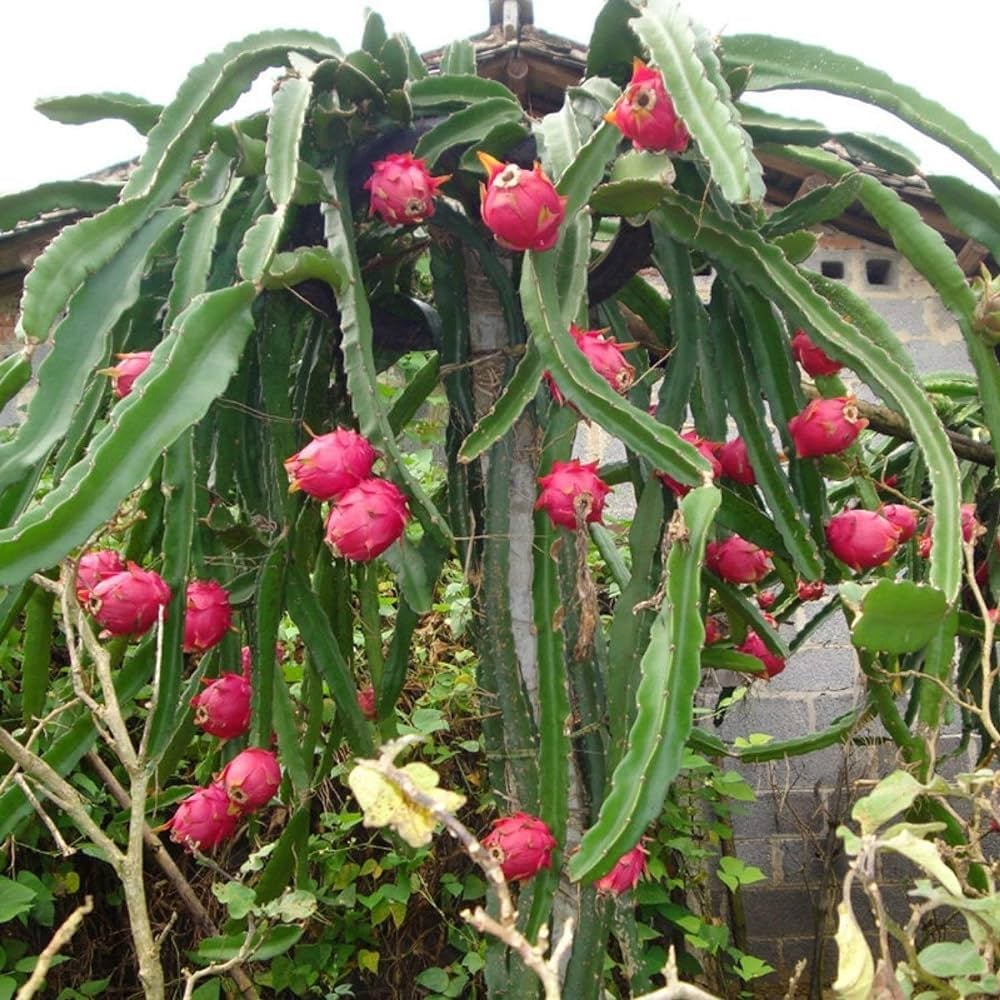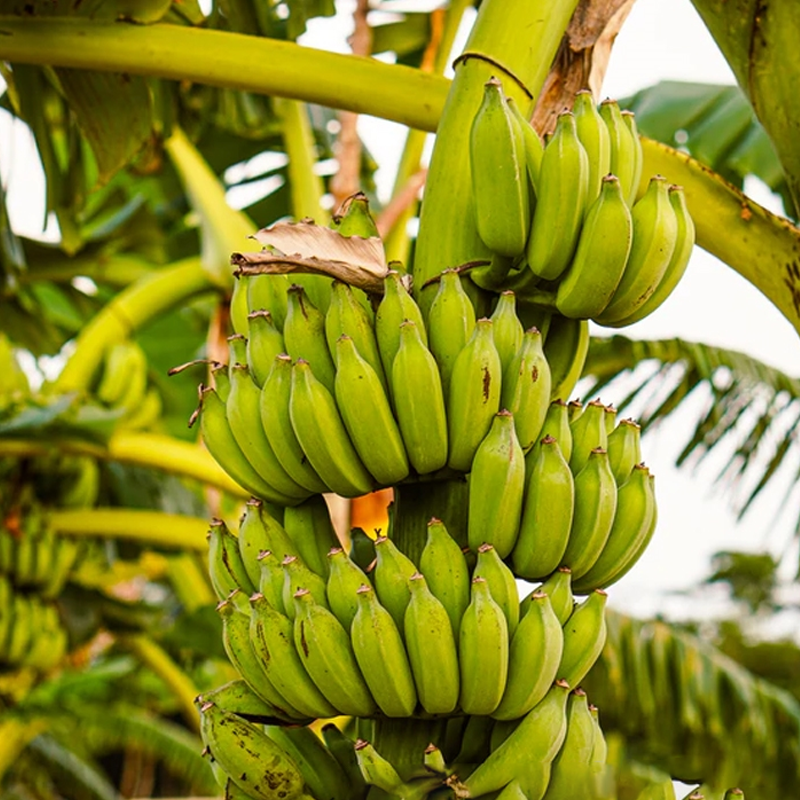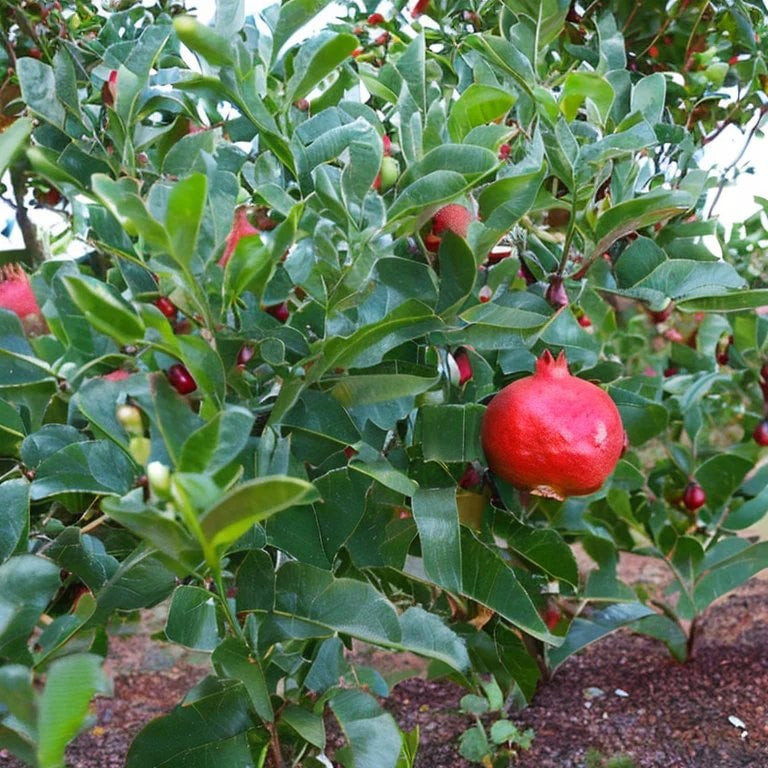
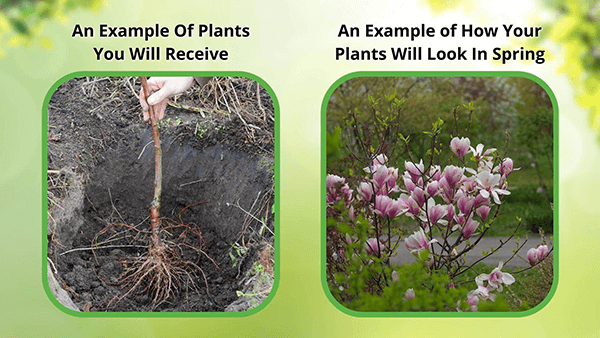
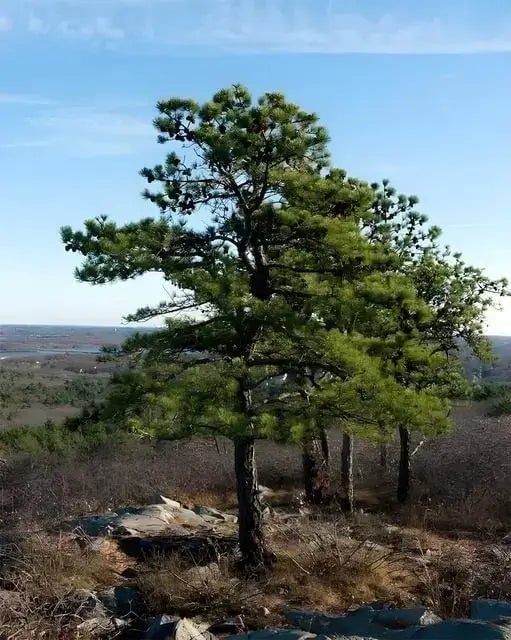

Pitch Pine Tree
Drought-tolerant and resilient tree
Supports wildlife habitat and biodiversity
Provides excellent erosion control
Thrives in
ZONE 3ZONE 4ZONE 5ZONE 6ZONE 7ZONE 8ZONE 9This plant ships:
Ships Week of May 5thPitch Pine Tree - Pinus Rigida P
The Pitch pine tree is a rugged, evergreen native to eastern North America, characterized by its long, dark green needles, rough bark, and the production of resin-rich "pitch" that has various commercial uses.
Also known as Pinus rigida. The latter term means that it is stiff (rigid) and has needles, which are thin, long, and sharp leaves. Those needles are stiff as well.
They can live for 200 years and have been used to make things like paper, lumber, pulp, and turpentine, while their high levels of resin, which preserve them from decay, have resulted in them being used in the building of ships in the past years.
Locations Of The Pitch Pine Tree
They are predominantly located in an area that covers much of the Northeast United States and stretches down to around the Tennessee-North Carolina border—i.e., an area focused on the Great Smoky Mountains National Park. Small parts of Georgia and South Carolina are included as well. North of the border, this type of greenery is found in limited numbers in Ontario and Quebec.
Size Of The Pitch Pine Tree
This type is on the smaller side. It usually grows to around 20-100 feet in height and extends by about a foot per year for the first 60 years of its life, assuming that the conditions are optimal. Its needles are usually about 2-5 inches long, while its cones tend to be 2 inches long.
One way they stand out is through their irregular shape. For example, they tend to possess twisted branches and do not effectively engage in self-pruning, which is the shedding of damaged or shaded branches.
However, this type's trunk is usually mostly straight with a gentle curve.
Pitch Pine Trees Can Take Lots Of Heat
Pitch Pine trees can regenerate at a high level, utilizing their basal roots, which dig far into the soil if necessary. This helps them survive fire damage, and their thick barks help protect their trunks against that threat.
In addition, their cones are sealed with resin, which requires heat, such as from a fire, to open. So, in the worst-case scenario, those cones would open, and their seeds would be spread, resulting in a new generation being grown in the area.
What is it used for?
It is a natural product that comes from them and can be utilized for many applications. It had once been applied to a boat as a glue and to a topical application for small sores and infections in indigenous medicine.
What are the best conditions to plant them?
They do very well for any soil type, in moderately acidic, sandy, and well-draining soil and full sun. They need some rain to germinate, but some species will develop on sand or rocks. Proper spacing and close spacing should also be observed to maintain proper airflow.
Is it waterproof?
Yes, it is very much waterproof, and this is one of its main advantages as far as uses are concerned. For many years, it has been employed in repairing damaged parts of a boat and the sealing of containers.
What are the characteristics of them?
They are middle-sized evergreens that have tortuous limbs and whose trunks are covered in thick, harsh, black-brown bark. They are very adaptable, growing in generally xerophilous conditions, often in sandy nutrient-poor ground, and can sprout back after a fire.
What is the difference between it and normal one?
It is harder than any other evergreen wood and has more resin than any other types. It weighs more and does not decompose as readily as the others.
This Is How Your Plants Will Look upon Delivery

Height at Maturity
Over 25 Feet
Care
Pitch Pine Trees are hardy and adaptable. Once settled, they prefer well-drained soil and are drought-tolerant. Water them during prolonged dry spells. Trim in winter to hold its shape and remove dead or diseased branches. Watch for pests.
Plant Reproduction
Pitch Pine spreads by releasing seeds from cones and resprouting
Plant bare root trees during the dormant season in early spring or late fall (November through April). Dig the hole twice as wide as the roots so the soil is well-drained. Position the tree so the root flare is at or just above ground level. Fill the hole back with the soil you dug from and water. Maintain soil moisture, especially in the tree's early years, by providing deep, regular watering. Apply a 2-4 inch mulch away from the trunk at the base to retain moisture and suppress weeds. Prune trees during the first few seasons to establish strength and resilience, remove damaged branches, and continue maintenance pruning as the tree matures. Regularly inspect for pests and diseases and apply integrated pest management practices. Protect young trees from mechanical damage and extreme temperatures with tree guards, and stake them if necessary for support, removing the stakes after one or two years.
Shipping date depends on the date displayed and chosen when you order from the product's page.
We only accept returns on plants verified dead. If you think your plants have died, we offer a 1 year warranty, please use this File a Claim Link to verify dead plants and start with return warranty process.





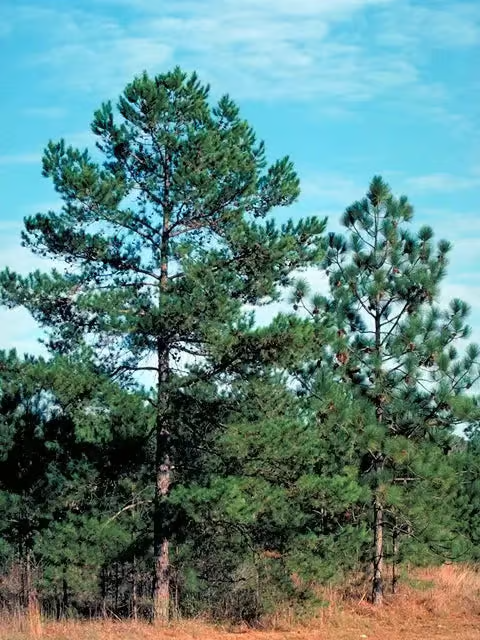
Fire Resilience:
Thick bark and resin-sealed cones help Pitch Pines survive and regenerate after fires.
Long-Lived:
This tree can live up to 200 years, providing enduring beauty and value.
Adaptable Growth:
Thrives in various soils and conditions, from the Northeast U.S. to parts of Canada.
Versatile Use:
Historically used for paper, lumber, turpentine, and shipbuilding due to high resin content.
Caring Tips
How do I care for my Pitch Pine Tree?
Each box contains detailed care instructions and information about your product. But here's the basics.
Care Tips
Pitch Pine Trees are hardy and adaptable. Once settled, they prefer well-drained soil and are drought-tolerant. Water them during prolonged dry spells. Trim in winter to hold its shape and remove dead or diseased branches. Watch for pests.
Light Requirements
Pitch Pine Tree thrives in full sun, needing six hours of sun daily. It is highly adaptable to various soil conditions and can tolerate poor, sandy, or rocky soils, making it a resilient choice for challenging environments.
Hardy Planting Zones
3 • 4 • 5 • 6 • 7 • 8 • 9
Header
Use this content to share information about your store and products.
Frequently Asked Questions
How often should I water my plants?
How do I know if my plant is getting too much or too little sunlight?
What should I do to prepare my plants for winter?
What are the signs that my plant needs fertilizing?
How can I prevent pests from damaging my plants?
How do I choose the right plant for my climate zone?



